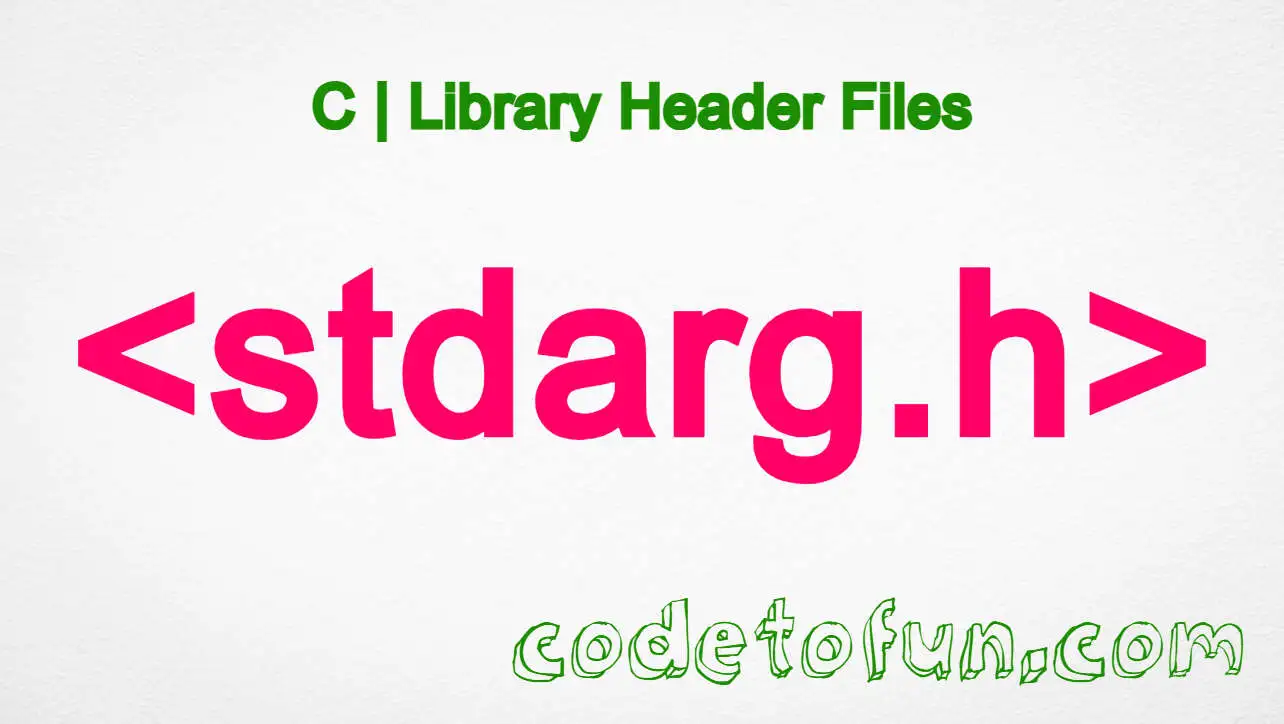
jQuery Basic
jQuery Callbacks
jQuery jQuery.Callbacks() Method

Photo Credit to CodeToFun
🙋 Introduction
In the realm of JavaScript programming, managing callbacks – functions that are passed as arguments and executed at a later time – is a fundamental task, especially in asynchronous and event-driven environments. jQuery offers a versatile solution to this challenge through its jQuery.Callbacks() method.
This guide will explore the intricacies of the jQuery.Callbacks() method, shedding light on its syntax, functionalities, and practical applications.
🧠 Understanding jQuery.Callbacks() Method
The jQuery.Callbacks() method serves as a mechanism for managing lists of callback functions. It provides a robust infrastructure for coordinating the execution of these functions, enabling developers to implement various patterns such as the observer pattern, pub/sub pattern, and custom event handling.
💡 Syntax
The syntax for the jQuery.Callbacks() method is straightforward:
jQuery.Callbacks( [ flags ] )- flags (Optional): A string containing one or more space-separated flags that modify the behavior of the callback list.
📝 Example
Let's dive into a simple example to illustrate the usage of the jQuery.Callbacks() method:
var callbacks = $.Callbacks();
callbacks.add(function() {
console.log("Callback 1 executed");
});
callbacks.fire(); // Output: "Callback 1 executed"🏆 Best Practices
When working with the jQuery.Callbacks() method, consider the following best practices:
Clear Naming:
Use descriptive names for callback lists and individual callback functions to enhance code readability and maintainability.
Error Handling:
Implement error handling mechanisms within callback functions to gracefully handle unexpected situations and prevent application crashes.
Documentation:
Document the purpose and usage of callback lists and associated callback functions to aid understanding and collaboration among developers.
Testing:
Thoroughly test callback functions and their interactions to ensure proper functionality and behavior under various scenarios.
Performance Considerations:
Be mindful of performance implications, especially when dealing with large numbers of callbacks or frequently firing events.
📚 Use Cases
Custom Events:
Implement custom event handling mechanisms by creating callback lists associated with specific events or actions in your application.
Modular Development:
Facilitate modular development by decoupling components through the use of callback lists, promoting code reusability and maintainability.
Asynchronous Operations:
Coordinate asynchronous operations by adding callback functions to a callback list and invoking them upon completion or when specific conditions are met.
Plugin Development:
Employ
jQuery.Callbacks()to develop plugins that support extensibility and customizable event handling.
🎉 Conclusion
The jQuery.Callbacks() method offers a robust and flexible solution for managing callback functions in JavaScript applications.
By mastering its syntax, understanding common use cases, and adhering to best practices, developers can leverage this powerful tool to streamline event handling, promote modular development, and enhance the responsiveness of their applications. Incorporate jQuery.Callbacks() into your toolkit to unlock new possibilities for creating dynamic and interactive web experiences.
👨💻 Join our Community:
Author

For over eight years, I worked as a full-stack web developer. Now, I have chosen my profession as a full-time blogger at codetofun.com.
Buy me a coffee to make codetofun.com free for everyone.
Buy me a Coffee











